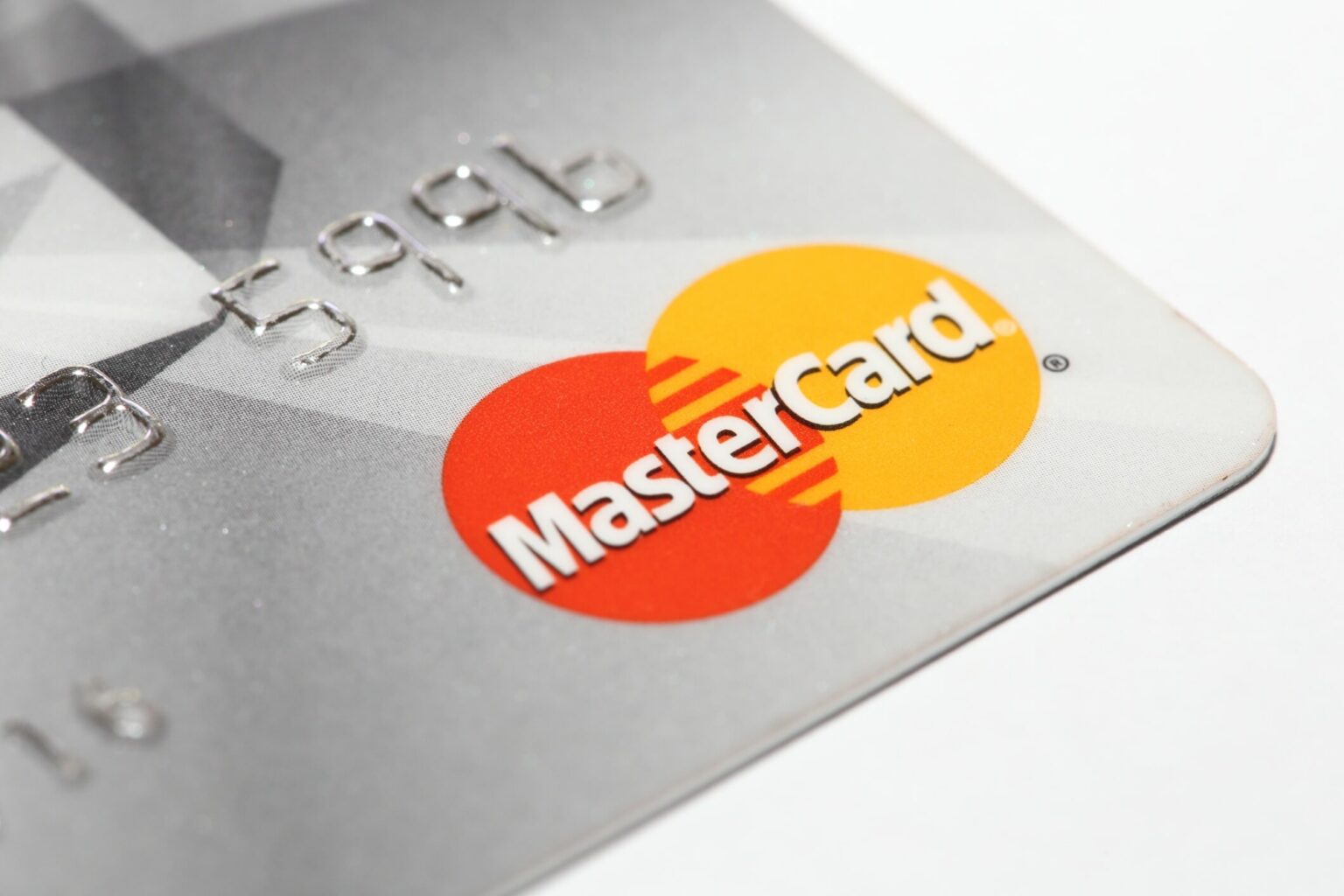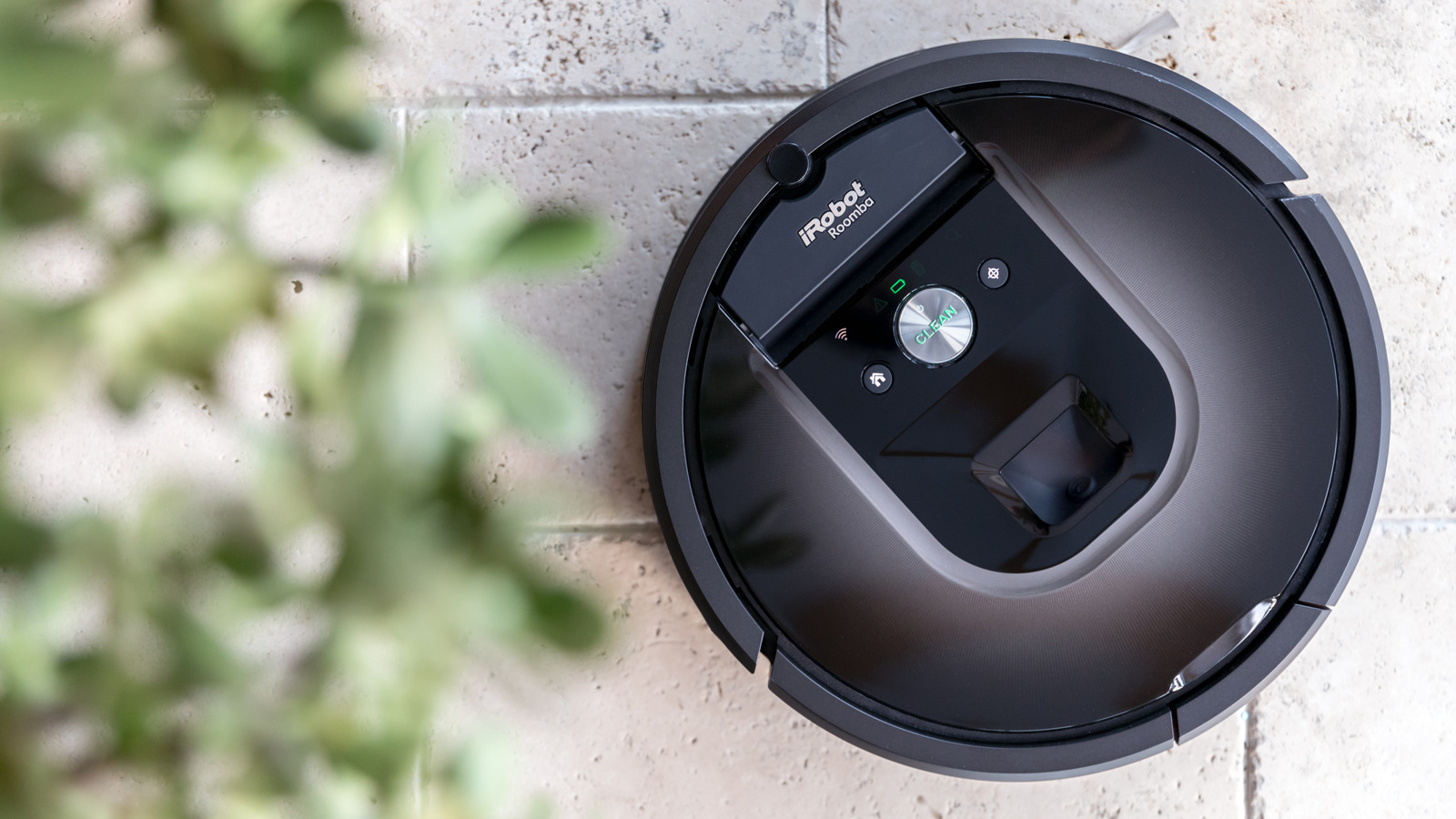
Welcome to the exciting world of payment processing technology! In a rapidly evolving digital landscape, the way we make transactions has transformed drastically over the years. From traditional credit card payments to cutting-edge biometric authentication systems, join us on a journey through the evolution of credit card processing technology. Let’s explore how cashless transactions have revolutionized the way we pay for goods and services, shaping a future where convenience and security are paramount.
The Rise of Cashless Transactions
Gone are the days of fumbling for cash in your wallet or purse. The rise of cashless transactions has ushered in a new era of convenience and efficiency in the way we make payments. With just a simple tap or swipe, customers can seamlessly complete transactions at lightning speed.
The shift towards digital payments has not only streamlined the checkout process but also enhanced security measures to protect sensitive financial information. Whether shopping online or making in-store purchases, the convenience of carrying virtual wallets on smartphones has become increasingly popular among consumers worldwide.
As technology continues to advance, cashless transactions pave the way for innovative payment solutions that cater to our fast-paced lifestyles. From mobile wallets to contactless cards, the evolution of payment processing technology is shaping a future where traditional banking methods are becoming obsolete.
Traditional Credit Card Processing Methods
Traditional credit card processing methods have come a long way since their inception. In the past, transactions were mainly done through manual imprint machines that created carbon copies of credit card details on paper receipts. These paper receipts would then be processed at a later time by the merchant.
As technology advanced, magnetic stripe cards became the norm, allowing for faster and more efficient transactions. Merchants would swipe the card through a machine that read the information encoded on the magnetic stripe. This method revolutionized how payments were made in-store.
Despite its efficiency, magnetic stripe technology was susceptible to fraud and security breaches. This paved the way for the introduction of EMV chip cards which provided an extra layer of security with encrypted data embedded in a microchip.
While traditional credit card processing methods laid the foundation for modern payment systems, they have now evolved to include cutting-edge technologies like mobile payments and contactless transactions.
The Introduction of Mobile Payment Systems
Gone are the days of being tied down to physical wallets and cumbersome cash transactions. The introduction of mobile payment systems revolutionized the way we make purchases on-the-go. With just a tap or a scan, consumers can now seamlessly complete transactions using their smartphones or wearable devices.
Mobile payment platforms like Apple Pay, Google Pay, and Samsung Pay have made it convenient for users to link their credit cards or bank accounts securely for quick and secure payments. This shift towards digital wallets has not only streamlined the checkout process but also enhanced security measures with tokenization technology that replaces sensitive card information with unique tokens.
The convenience of mobile payments extends beyond retail stores to include online shopping, peer-to-peer transfers, and even public transportation services. As more businesses adopt these contactless payment options, it’s clear that the future of commerce is heading towards a cashless society driven by innovative mobile technologies.
The Emergence of Contactless Payments
Picture a world where waving your phone or card is all it takes to make a payment. Contactless payments have revolutionized how we transact, offering convenience and speed at our fingertips. No more fumbling for cash or waiting for chip inserts; just a simple tap and go.
With the rise of NFC technology, contactless payments have become increasingly popular among consumers and businesses alike. The seamless experience has paved the way for smoother transactions in stores, restaurants, and even public transportation systems.
As security remains a top priority, contactless payments are designed with encrypted data transmission to protect sensitive information from potential fraudsters. This added layer of security assures users that their financial details are safe during every tap transaction.
The ease of use and enhanced security features make contactless payments an attractive option for those looking to streamline their payment processes. As technology continues to evolve, we can expect even more innovations in the realm of contactless transactions – simplifying our lives one tap at a time.
The Advancements in Biometric Authentication
Biometric authentication has revolutionized credit card processing by adding an extra layer of security. With the use of fingerprints, facial recognition, or iris scans, transactions are now more secure than ever before. These biometric identifiers are unique to each individual, making it extremely difficult for fraudsters to replicate.
Gone are the days of worrying about stolen PINs or passwords – your fingerprint is all you need to verify a payment. This technology not only enhances security but also streamlines the checkout process for customers. Imagine simply placing your thumb on a sensor and voila! Payment complete.
As advancements continue in biometric authentication, we can expect even more innovative ways to safeguard our financial information. The future holds possibilities like voice recognition and heartbeat sensors for seamless and secure transactions. It’s exciting to see how this technology will shape the future of credit card processing!
The Future of Credit Card Processing
As technology continues to advance at a rapid pace, the future of credit card processing looks promising. With the increasing demand for convenience and efficiency, payment processors are constantly innovating to meet the needs of businesses and consumers alike.
One exciting development on the horizon is the integration of artificial intelligence (AI) into payment systems. AI algorithms can enhance security measures, detect fraudulent activities in real-time, and personalize user experiences.
Moreover, blockchain technology is gaining traction in the financial industry. Its decentralized nature offers increased transparency and security for transactions, potentially revolutionizing how credit card processing operates.
Additionally, wearable devices like smartwatches are expected to play a more significant role in facilitating payments. These devices offer a seamless and convenient way for users to make transactions on-the-go with just a tap or swipe.
As we look ahead to the future of credit card processing, one thing is clear: innovation will continue to drive progress in this dynamic field.
Conclusion
In this fast-paced digital age, the evolution of credit card processing technology has revolutionized the way we make payments. From traditional methods to cutting-edge mobile payment systems and contactless transactions, the landscape of merchant services continues to transform.
With advancements in biometric authentication paving the way for enhanced security and convenience, the future of credit card processing looks promising. As businesses adapt to meet consumer demands for seamless payment experiences, payment processors play a crucial role in facilitating secure transactions.
As we look ahead, it is clear that innovation will continue to drive progress in credit card processing technology. Embracing these changes and staying informed about emerging trends will be key for businesses looking to thrive in an increasingly cashless society. So, stay tuned as we witness further innovations shaping the world of merchant services!









